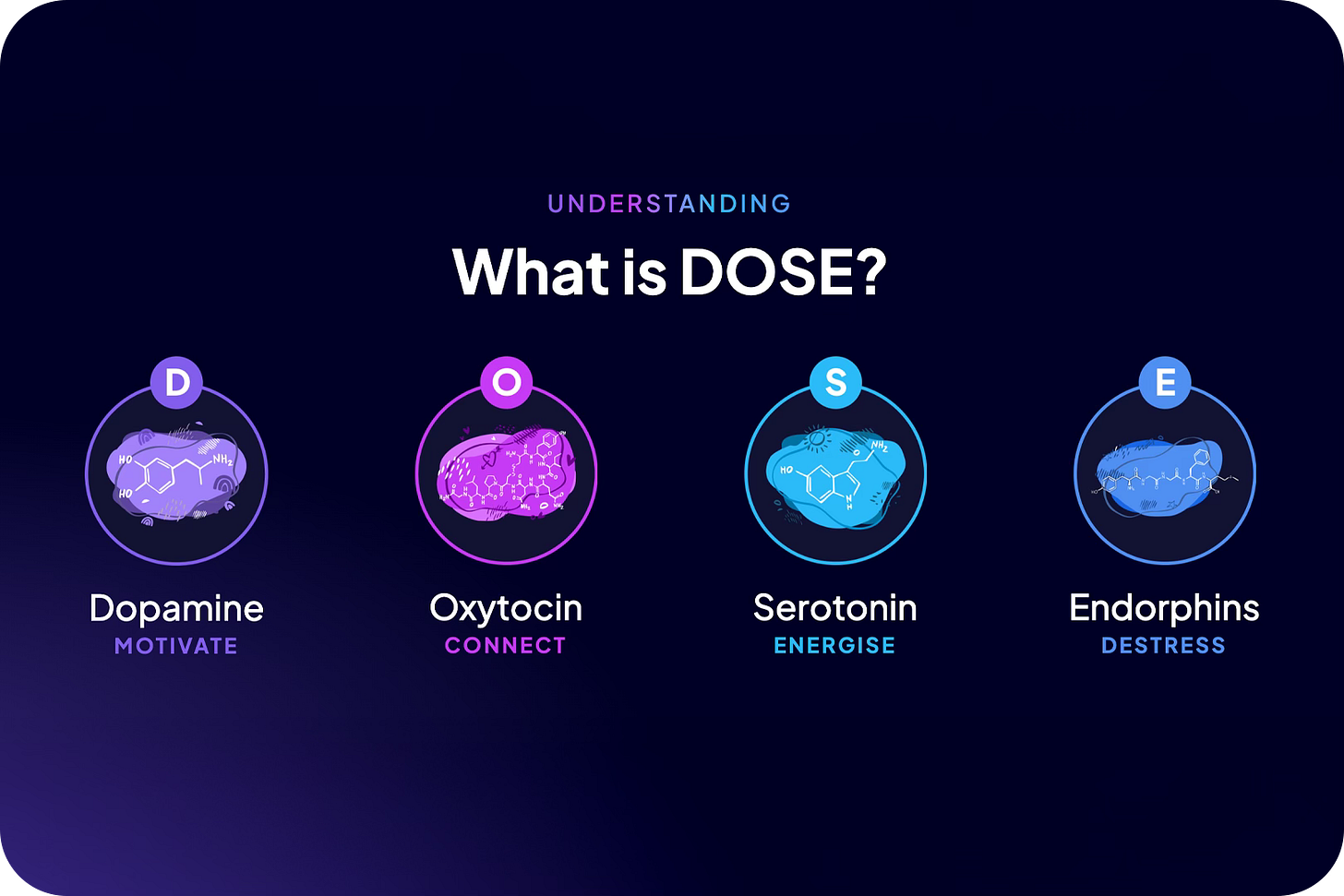Fujifilm's Retro Experiment
Creating short-form video has consumed my past few weeks as I've taken on a challenge to publish 50 videos in 50 days. It's been an interesting experiment in learning where to cut corners and where to really dive deeper. You can follow along here.
A Digital Film Camera?
This week Fujifilm announced a brand new unusual camera, the Fuji X half. It's a compact, fixed-lens digital camera with a vertical sensor. Some of the standout features include:
Film Camera Mode Creates an Analog Experience
In Film Camera mode, you select how many "exposures" you want (36, 54, or 72 shots) and physically advance a lever after each photo. You can't see your images until you've finished the entire virtual roll and connected to the app, where they "develop" into a contact sheet complete with sprocket holes and frame numbering.
Vertical Sensor with Unique 2-in-1 Diptych Feature
Unlike typical cameras designed for landscape shooting, this one naturally captures 3:4 portrait images, mimicking the half-frame film cameras of decades past and prioritizing sharing on social media. This orientation lets you combine two sequential shots into a side-by-side image, essentially letting you create your own film strip aesthetic.
JPEG-Only Output Prioritizes Fun Over Technical Control
Perhaps most controversially, the X-Half shoots only JPEGs with no RAW option. This deliberate limitation forces photographers to nail their shots in-camera using Fujifilm's film simulations and creative filters. It's photography stripped down to its essence: composition, timing, and getting it right the first time.
At $849 USD, this niche camera isn't going to be for everyone, but the playful constraints of this camera have made me place a preorder.
Three Years, 100K Shots
I've officially passed 100,000 shots on my Sony A7IV (125,000, to be exact) and it's still going strong. I bought it new back in 2021, thinking I'd upgrade in a year or two, but this camera has truly held its own.
It’s been to Switzerland, India, Nicaragua, and Alberta winters, and I haven’t needed a single repair. The grip could be a bit bigger, and Sony’s menus are still a maze, but once it's dialed in, it just works. I’ve shot major campaigns with it, and many of those images are still in use today.
The hybrid toggle for photo/video and deep button customization have made it one of the most practical tools in my kit. One of the best recent firmware updates now lets me choose smaller RAW file sizes—something I’ve wanted for years. It saves me space without sacrificing quality when I don’t need max resolution.
Plus, the new Monitor & Control app is surprisingly reliable for remote video shoots. I still reach for this camera more than any other, and honestly, I think it has a few more solid years left in it.
Unlocking Brain Chemistry:
I’ve been slowly working through The Dose Effect by TJ Power (I have a goal to read 10 books this year. I’ll update you on my progress another time…) The premise is built around managing your brain’s "DOSE" chemicals — Dopamine, Oxytocin, Serotonin, and Endorphins.
There’s plenty of positive changes to our routine and habits we should change to increase these positive chemicals, but TJ makes it clear that you don’t need to overhaul your life — just start gradually implementing a few core habits. For me, it’s starting with getting regular physical activity and delaying caffeine intake. Basic stuff, but powerful when done consistently.
This book isn’t trying to guilt you into meditating on a mountain at sunrise — it’s more like, “Hey, here’s why you feel like trash sometimes. Here’s how to change that a little.”
If you're feeling loneliness, anxiety, tiredness, stress, demotivation, distraction, and depression, the science backed techniques in this book be more important than any productivity app.
Thanks for letting me spill the Gravy!
Free Wallpapers For Your Phone
The Godfrey Project
What’s So Great About 360 Cameras?








